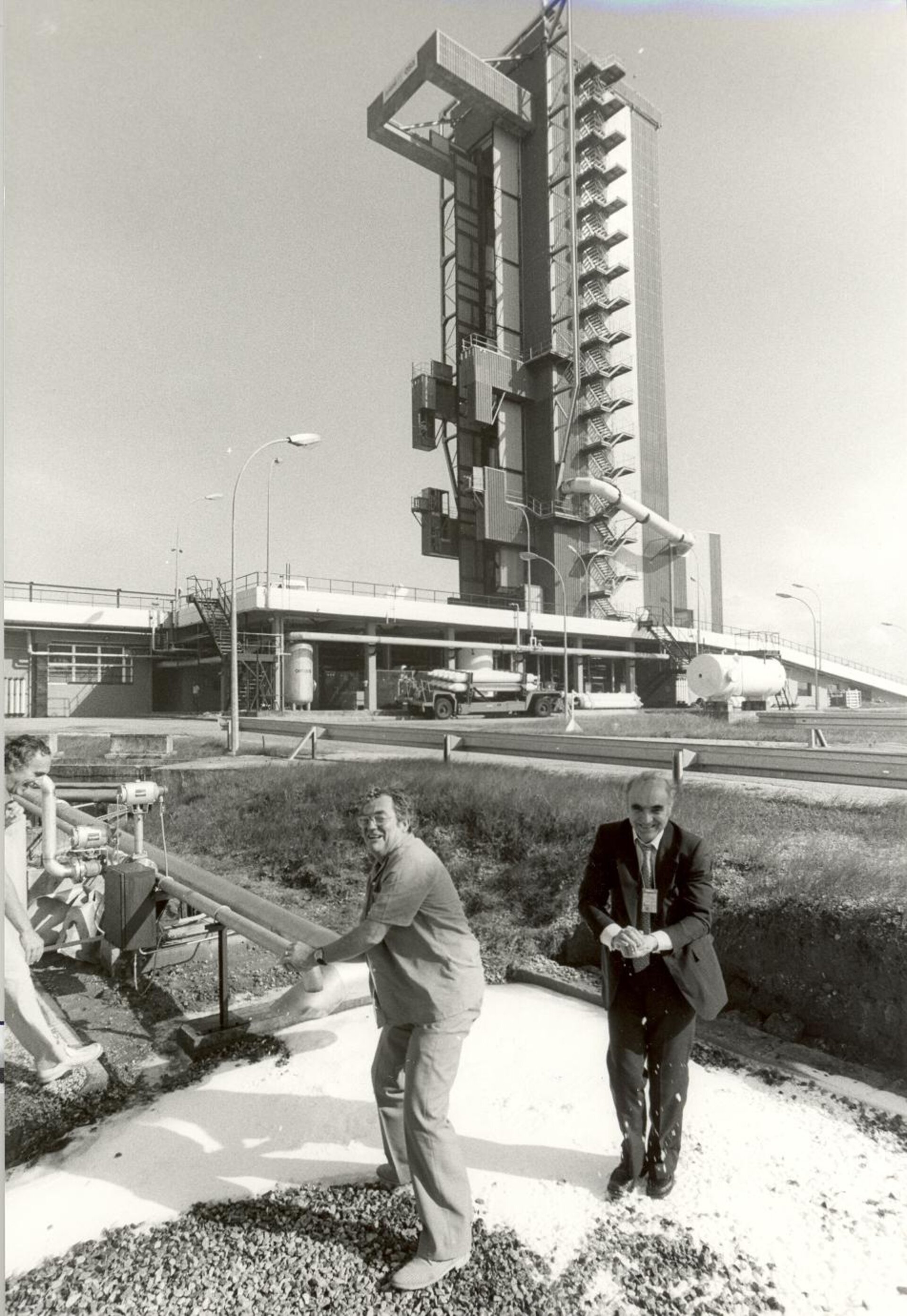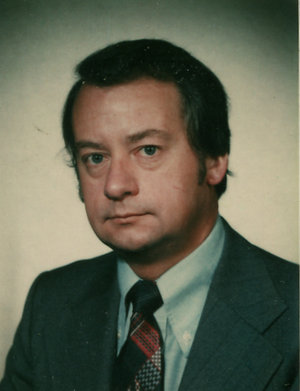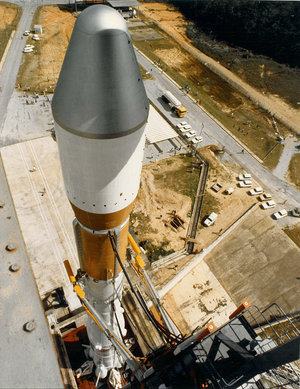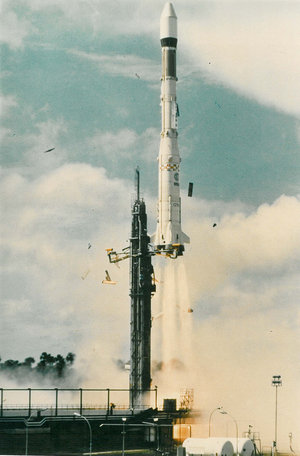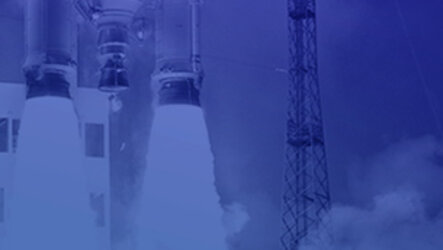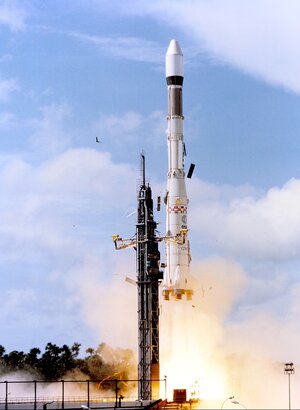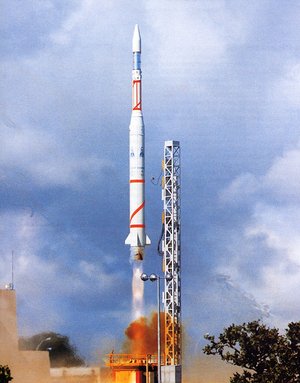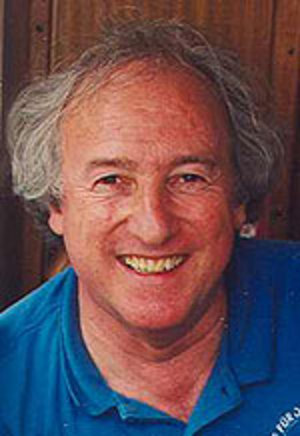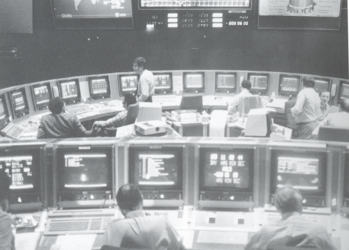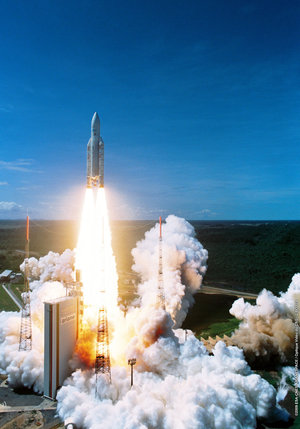Part 6 - The Ariane ‘success’ story
This happened 30 years ago. In the meantime, Ariane has become what people call a ‘success story’: an impressive evolution of its payload launch capability, an important number of launches, an extraordinarily high launch success rate, a considerable share in the commercial launch market and numerous satisfied customers. What made this success possible?
Of course, the ‘Shuttle only’ decision by the US Government in conjunction with the Challenger accident created a favourable environment for Ariane to introduce itself on the world market. But Ariane still had to create, demonstrate and maintain its performance, its reliability and quality, its competitiveness and its customer-friendliness.
One of the basic and decisive factors for the achievement of these objectives was a relatively clear, logical, reasonable and continuous policy pursued by the Member State governments involved in the programme, and above all the French government (apart from one critical period). Stable long-term objectives, timely programmatic decisions and sufficient funding are a prerequisite for the implementation of programmes of such importance.
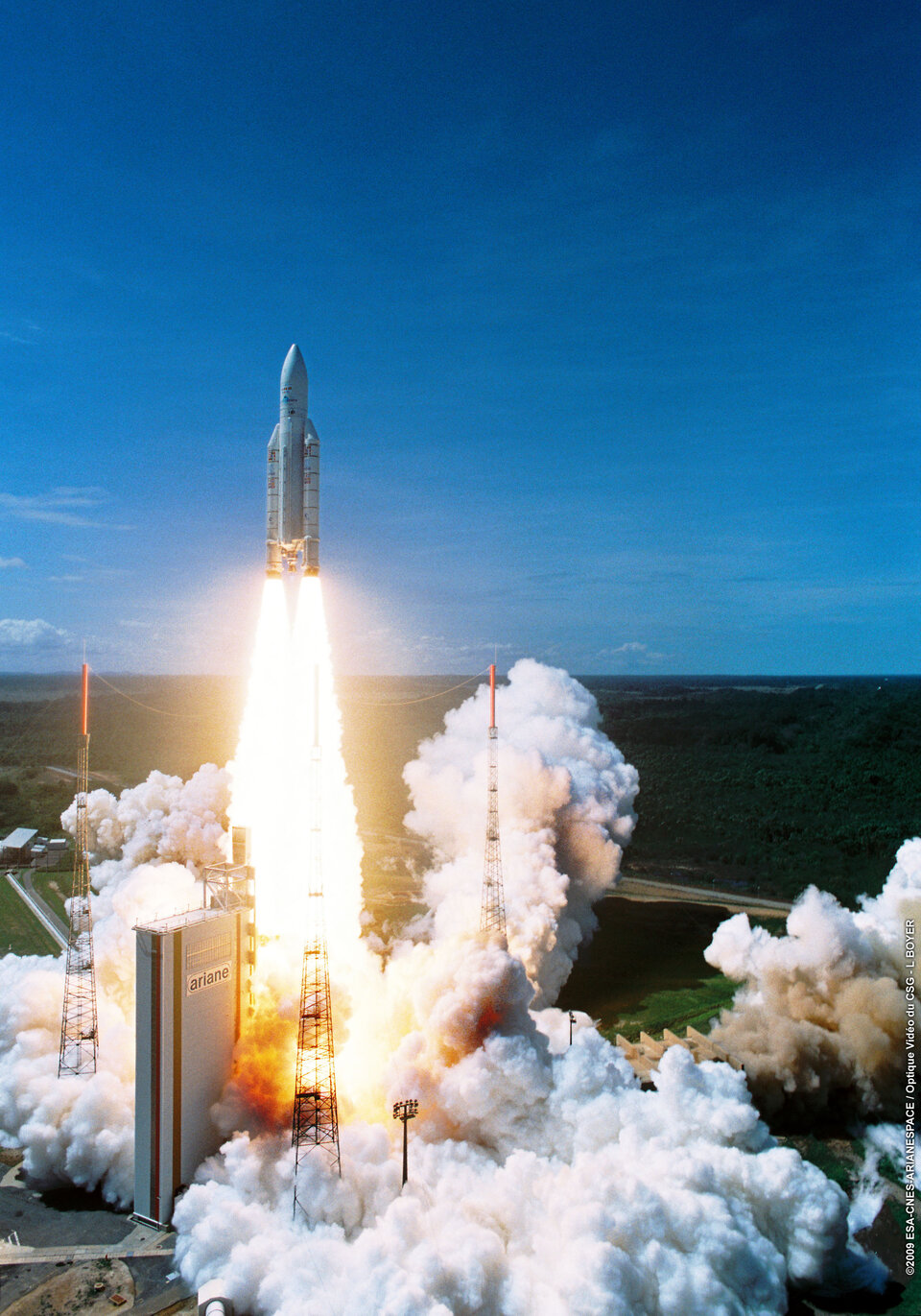
The successful implementation of the programme is due – in my opinion – to the existence of two organisational entities with distinct and clearly defined competences and responsibilities, but cooperating closely. In the Ariane programme, they are the Design Authority (ESA/CNES) and the Production Authority (Arianespace).
The Design Authority is responsible for the design, development and qualification of a launch vehicle and its related specific ground facilities, including the potential reliability of that system and for the accompaniment of it (through what we call the ARTA programmes) throughout its operational life.
The Production Authority is responsible for the commercialisation of the launch services, the (re)production of the launch vehicles, the launch operations, the quality of the product and the operations, the technical and operational relations with its customers and the funding of its activities. In this context, the responsiveness of the (civil) launch base and the quality of the payload preparation facilities are certainly attractive for Arianespace’s customers.
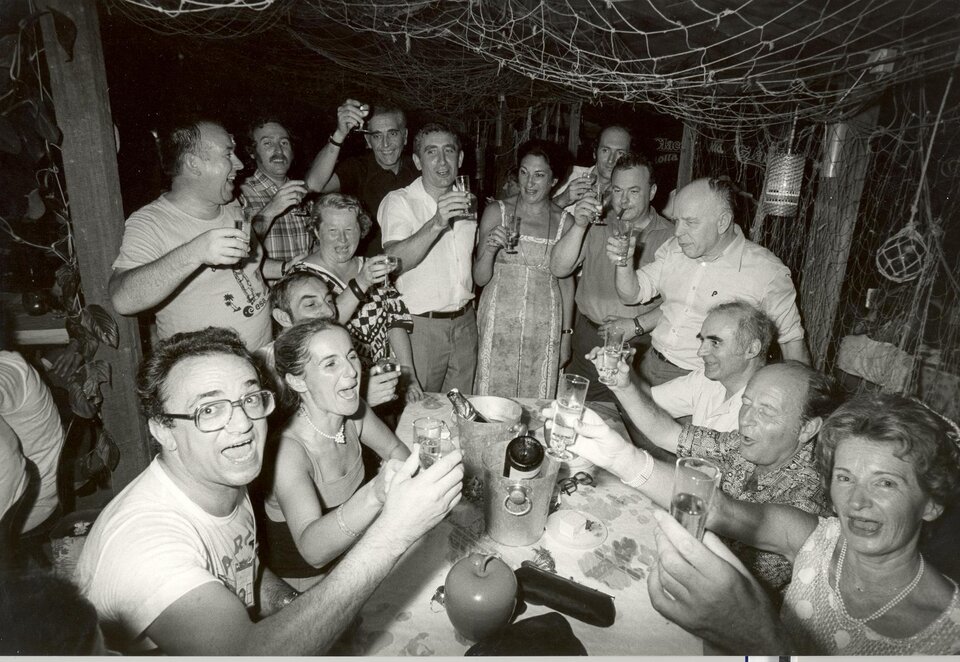
This clear separation of the two responsibilities is a prerequisite for this success. It avoids the risk that technical and/or organisational choices are taken that could compromise the reliability or quality of the launch system and consequently its commercial success.
But the real explanation of the success of the Ariane programme in particular lies in the skill, competence, motivation, availability, sense of responsibility, devotion and enthusiasm of each of the thousands of individuals – men and women, workers, technicians, engineers and managers – who belong to the great human Ariane family and endeavour together for the success of their Ariane.
For more information:
Interviews about Ariane with key figures of the European space programme can be found at ESA's Oral History web site. They are: Frédéric D'Allest, Michel Bignier, Peter Creola, Hubert Curien, Bernard Deloffre, Roy Gibson, Klaus Iserland, Guy Kramer, Raymond Orye and Yves Sillard.


